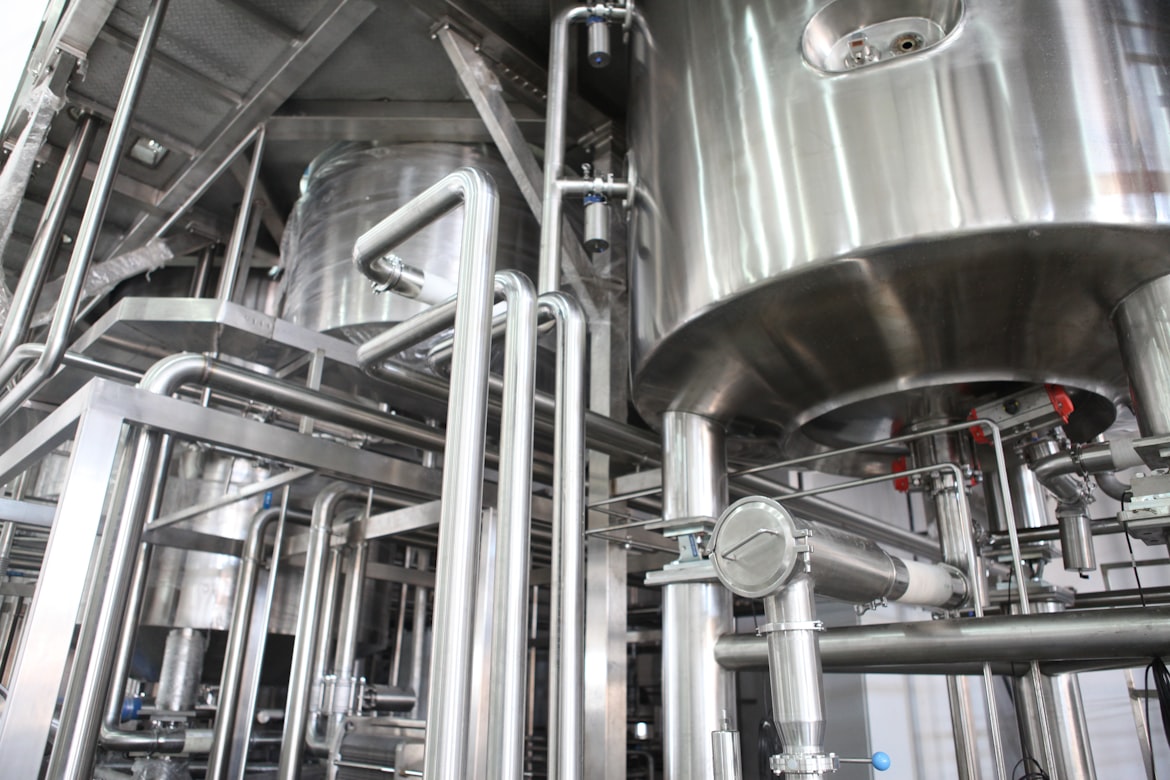
India has one of the largest oil and gas pipeline networks of 33,815 km in the world. The oil and gas industry giants like ONGC and Indian Oil Corporation are investing billions of dollars to expand the network further in India. The heat exchanger is an integral part of an oil and gas unit. The primary function of a heat exchanger is to transfer heat between the fluids. Additionally, they are used in cracking units and for liquidizing natural gas. Usually, industries prefer to use materials that effectively transfer heat like any aluminum alloys since they offer higher efficiency in transferring heat than any other material. However aluminum requires stringent conditions for maintenance. For starters, aluminum heat exchangers can corrode easily, and secondly, only specific fluids are compatible with them. Using other fluids can reduce the warranty and quality of those heat exchangers. If not properly maintained, they are likely to rust, corrode, warp, or even collapse.
Why Use Stainless Steel in Oil and Gas Industries?
Stainless steel can fight corrosion like no other alloy. With more than 10% chromium, it is one of the most sought-after alloys to choose for long-term investment in components like heat exchangers. It is also a known fact that stainless steel is comparatively easy to clean thus it explains its wide usage in other industries like power generation and architecture.
Since stainless steel pipe is easier to clean than aluminum and copper it decreases maintenance and increases its lifespan. Moreover, stainless steel is a highly durable and strong material they are less likely to break down thus, justifying their investment made on heat exchangers. Other than heat exchangers, stainless steel is used in the following components.
-
Pipes leading from the wellhead (flowlines)
-
Components of structural design
-
Power, chemicals, and communications umbilicals (used for subsea developments)
-
Equipment used in the process
What Is The Role Of Stainless steel in Heat Exchangers?
Stainless steel in Heat exchangers is an economically sound investment. Besides, it has been observed that it has drastically reduced the shutdown of operations owing to its durability and strength. Although there are six functions of a heat exchanger that describe the role of stainless steel.
-
Resisting corrosion by Cooling down the temperature of the water and other chemical fluids
-
Preventing oxidation by maintaining higher resistance in temperature.
-
Maintaining excellent heat transfer capabilities
-
Preventing the material to break down because of excellent corrosion-resistant properties
-
The product or process is not contaminated by corrosion
-
Compared to aluminum and copper it doesn't leave behind debris and thus is easiest to clean.
What Grade Steel to use for Heat Exchangers?
Due to having higher chromium content than ferritic steel, martensitic steel becomes a favorite owing to its better corrosion resistance ability. Thus 410, which has 12% chromium is the optimal option to be used in heat exchangers. Even though 410 offers a more rapid hardening ability, it can be controlled. Compared with 316L stainless steel tubing, 410 stainless steel tubing offers better heat transfer and strength, as well as reduced thermal expansion
Why Choose Santosh Steel?
Santosh Steels has a solid history of success with businesses across a wide range of industries. Since we delivered the exact product with the exact criteria, we take pride in being unable to collaborate with clients. Santosh Steels embodies a strong dedication to education, value, and service. We try to work as partners with our customers rather than simply selling them products to save them time and money. For commercial and industrial uses of stainless steel pipes in heat exchangers get in touch with us.
